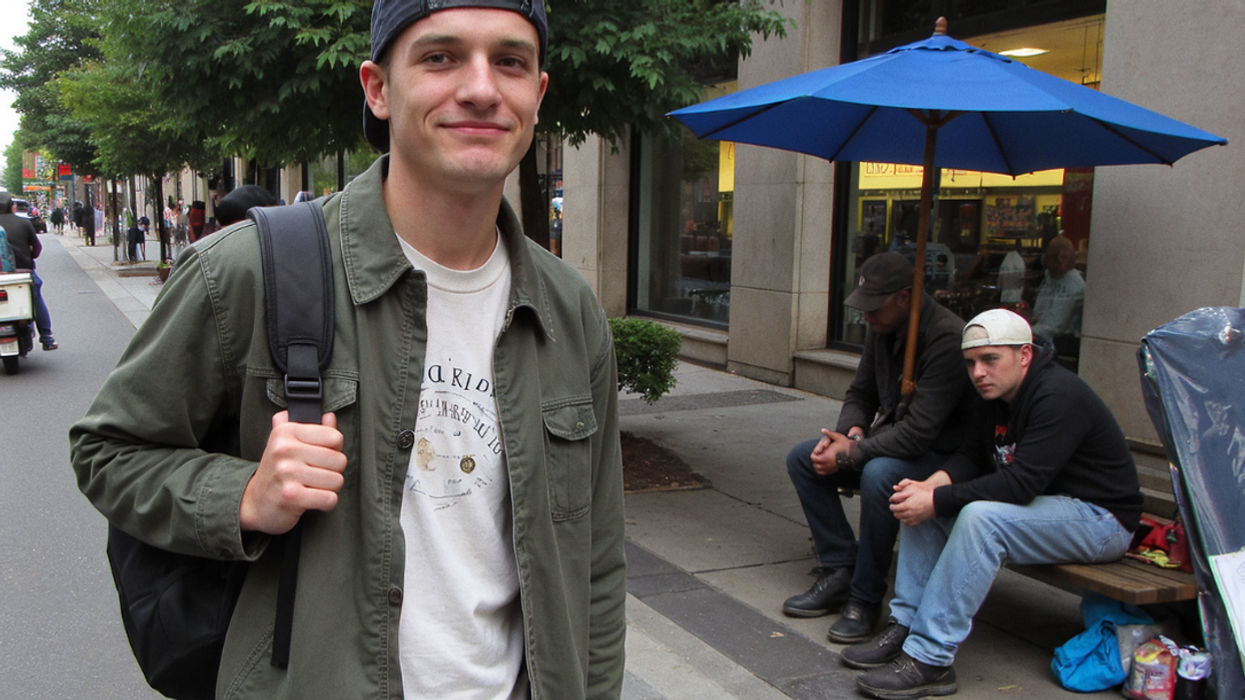High-speed rail! It's the future of efficient transportation and it's coming to... a relatively rural stretch of California's Central Valley?
Back in January, the Federal government awarded California $2.25 billion, to be matched by state money, to fund the initial stages of a planned $43 billion statewide high-speed rail network.
The state's High-Speed Rail Authority, the government agency planning the network, has just announced its recommendation that this first $4.3 billion is spent on 54 miles of track running between the two small Central Valley towns of Borden and Corcoran, and through Fresno. That's an artist's rendering of the Fresno station above.
Here's a map showing Google's driving directions between the two cities. The train route may be slightly different, of course, but these are the endpoints.
To anyone familiar with California and its more popular destinations, this might be a pretty confusing selection. Why not try to serve the Bay Area, Los Angeles, or San Diego? Or if you're going to do the Central Valley first, why not at least try to link Fresno to the larger city of Bakersfield?
Here's why:
Federal officials said early this month that they wanted the federal infrastructure funds, which must be spent on a project under construction by fall of 2012, to be directed to the Central Valley, where costs are lower and community opposition weaker. That narrowed the choice to two segments: Merced to Fresno or Fresno to Bakersfield. ...
Authority officials said the recommended section was selected because it best met a list of criteria including getting the most value, facing the fewest possibilities of delay and creating a project that could be used if the rest of the system is never built. That final requirement, and the amount of money available, affected the selection and the length of the segment.
In other words, building this stretch seemed like an achievable goal given the expiration date on the federal money. That's understandable, I suppose, but this project is hardly going to help convince the public that high-speed rail is a modern, metropolitan mode of transportation.
Let's hope this doesn't become California's train from nowhere (to Fresno) to nowhere.














